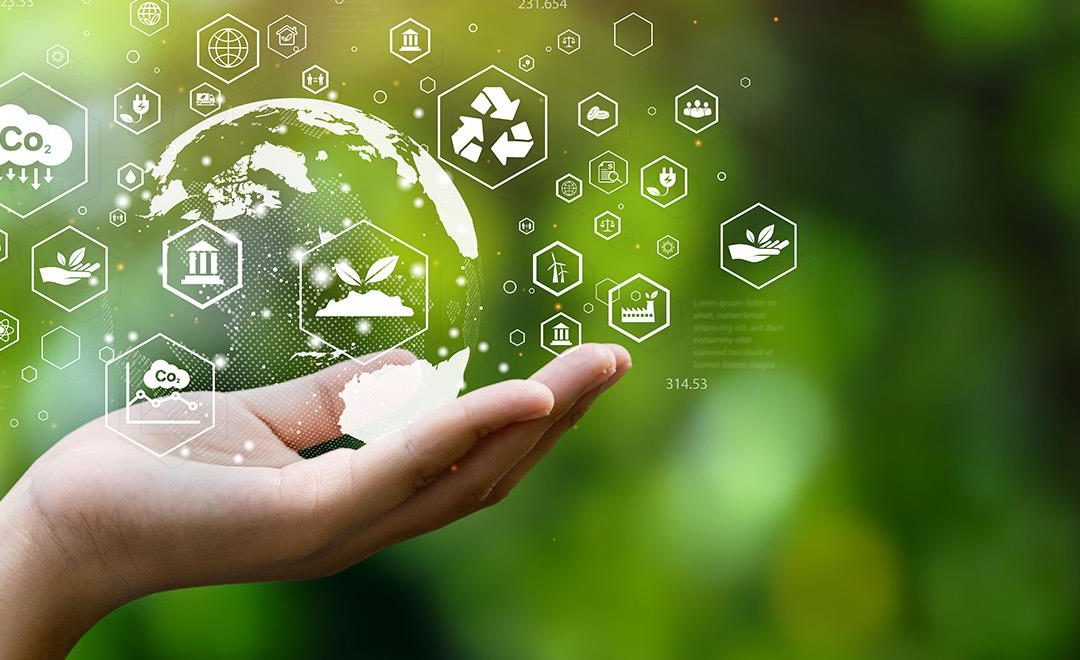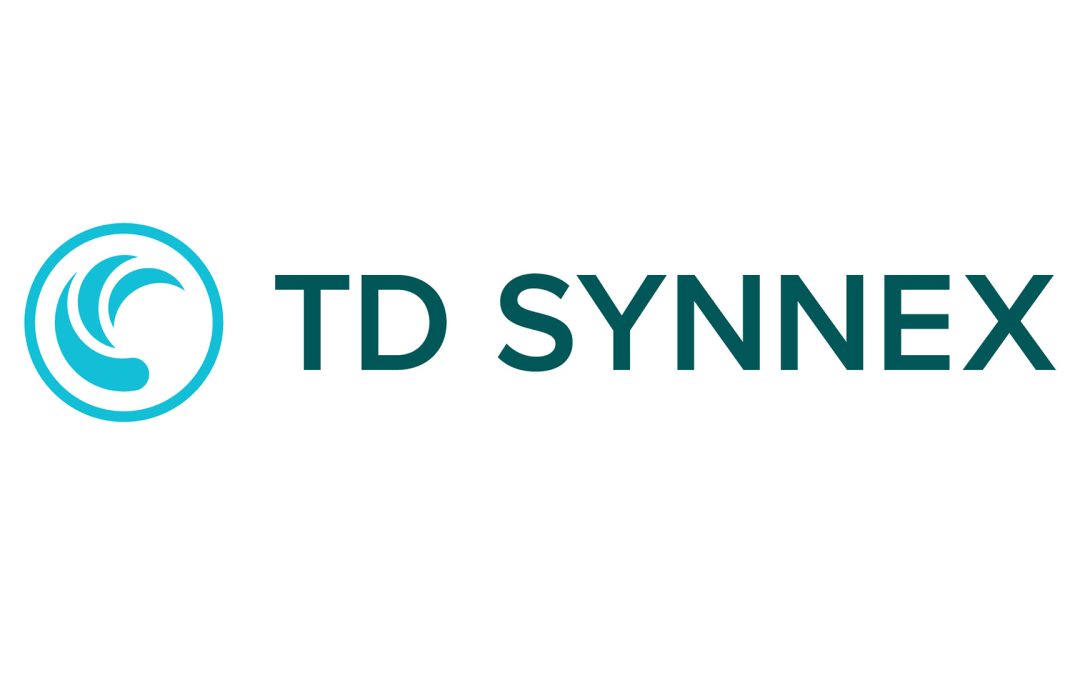 A team of researchers in China have developed a new technology to reduce paper consumption.
A team of researchers in China have developed a new technology to reduce paper consumption.
Although workplaces are becoming more and more digital, paper consumption shows no signs of slowing down, with one estimate suggesting that in the United States, each office worker produces an average of 10,000 sheets per year, reports Seeker.
Whilst recycling rates are reaching as high as 44 percent, that still means that over half of the paper used in the US still ends up in landfill, producing knock-on effects in terms of energy consumption, deforestation and habitat loss.
Yet now, a team of Chinese researchers have possibly found an answer – rewritable paper. The group used a series of chemical processes and a regular inkjet printer to create multicolour images, which can be printed and erased up to eight times using a single sheet of rewritable paper.
Unlike regular office paper, the rewritable variety is made up of a stack of four micro-layers of polymers and chemical compounds, which, when exposed to different metal salts, change colour. The chemicals in the paper, ligands, are molecules that share a pair of electrons and thus bond to metals.
The Chinese team, under the leadership of Nanjing University’s Qiang Zhao and Wei Huang, developed a special ligand that reflects seven distinct colours when bonding. The colours were brown, khaki, deep blue, pale yellow, yellow, orange, and light green. They then mixed the metal salts that the ligand bonds with into aqueous solutions which could be injected into a standard inkjet colour cartridge. When printed, the metal ‘inks’ produced sharp images onto the rewritable paper, which lasted up to six months – a significant improvement on previous attempts by other bodies, which faded in under twenty-four hours.
Furthermore, the bonds between the ligand and the metal which produce the colours can be simply broken, by exposure to the compound tetrabutylammonium fluoride (TBAF), leaving the page clear and white again. It is speculated that future printers could include a cartridge of TBAF, to erase a page before reprinting onto it.
Assuming that a single sheet was used eight times, the research team calculated that the cost of using rewritable paper for printing was a fifth of that of traditional inkjet printing. The team are also currently explored greener options for the chemical usage, although the ones currently used are already low in toxicity. Their research paper was originally published in journal Nature Communications.




















